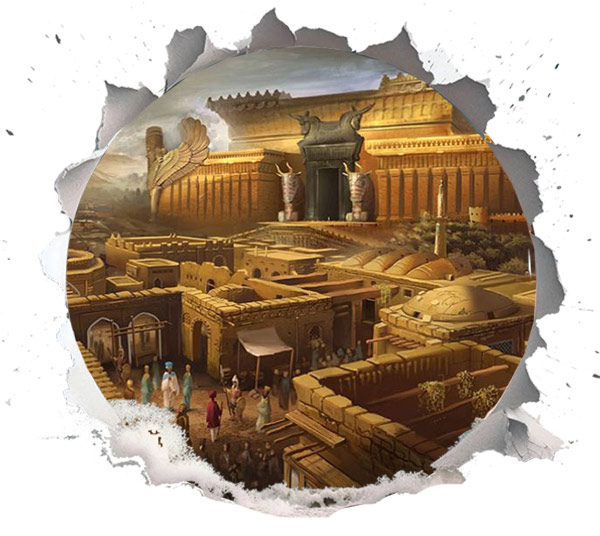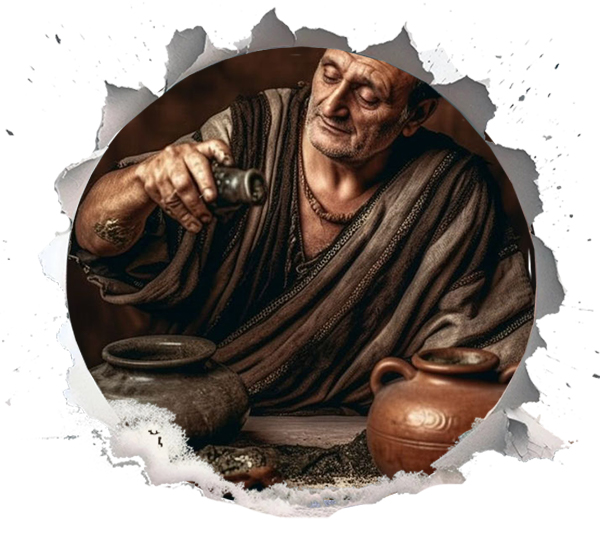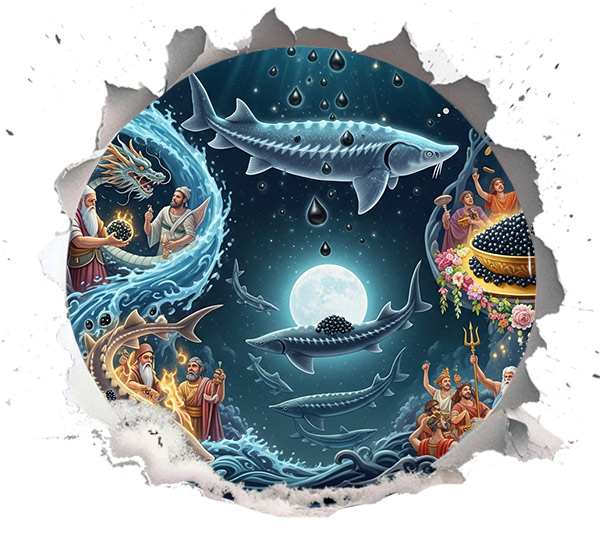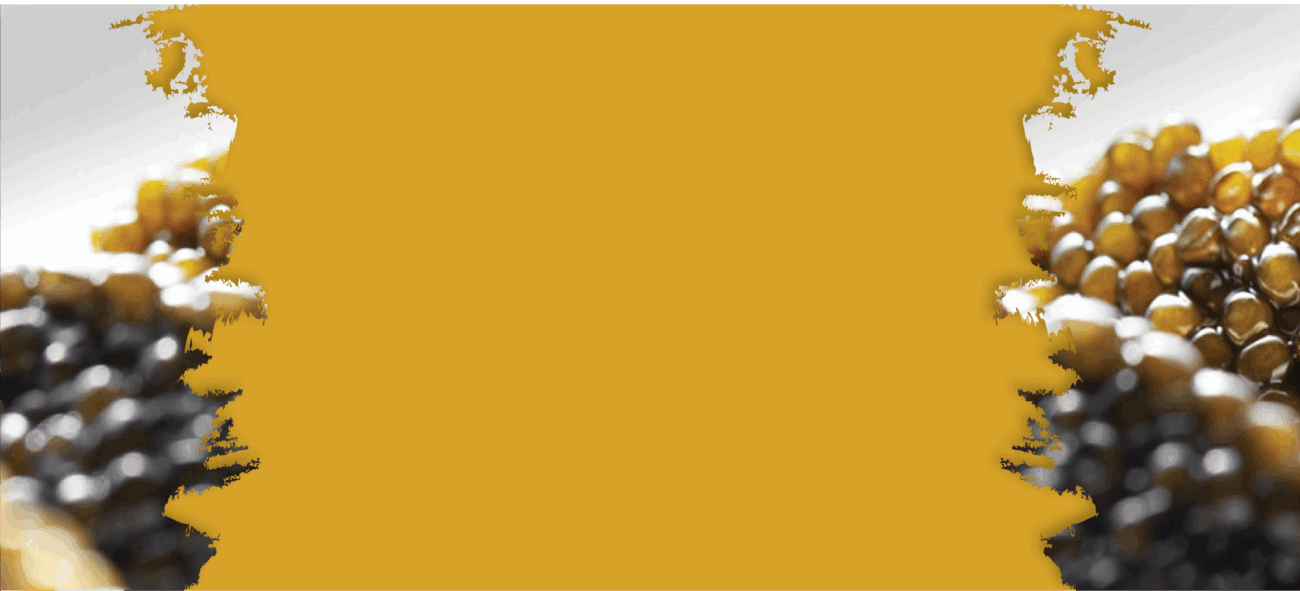Caviar in Old Stories and Mythology

The food known as caviar has a long tradition as a luxury foodstuff. It is made from black eggs of the sturgeon. Many of these tell tales of kings, warriors, and gods. Caviar represented power, health, and mystery in older folktales. We will outline the historical context of caviar and discuss the creation of caviar from its earliest origins in the ancient world to the myths and legends surrounding this delicacy and its status in cultures worldwide. The Caspian Sea, the Roman palaces. Grain by grain, sturgeon caviar has come to our door, in old stories that have a charm of their own. I will now take you to the place where the caviar we enjoy is born.
The Ancient Persian Empire: Where Caviar Began
The story of caviar started around the 10th century BCE, in the Ancient Persian Empire. The Persians were the first to turn sturgeon eggs into the salted delight we call caviar. They lived near the Caspian Sea, home to many sturgeon fish. Fishermen would gather the eggs, careful not to harm the fish too much.
In Persia, caviar was seen as a gift from the gods. Legends say the Persians believed it had strong healing powers. They called it “khavyar,” which means “cake of strength.” Warriors ate it before battles to gain energy and courage. It was thought to cure illnesses and bring long life. This belief turned caviar into a prized item for the rich and powerful.

One famous type from this region is Almas caviar, known for its rare white colour and high price. “Almas” means “diamond” in Persian, fitting for something so precious. Even today, it reminds us of those ancient times when caviar was reserved for royalty.
The Persians shared their love for caviar with neighbours through trade. Their methods of salting the eggs spread far, setting the stage for caviar’s global fame. Without their clever ways, we might not enjoy this luxury now.
Caviar in the Greek Empire: A Delicacy for Banquets and Healing

Moving to the Greek Empire, caviar found a new home among thinkers and feast-lovers. By the 10th century BCE, Greeks were importing sturgeon eggs from the Black Sea and Sea of Azov. They saw it as a rare treat, perfect for big celebrations.
Aristotle, the famous Greek thinker, wrote about caviar in his works. He noted how it was used not just for food but for medicine too. Greeks believed it could help with health issues, much like the Persians. At lavish banquets, caviar was served to impress guests and show wealth. The word “caviar” might even come from the Greek “avyron,” meaning “egg.” This shows how deeply it was woven into their language and life. In some old Greek stories, fish roe appears as a symbol of fertility and the sea’s bounty.
Greeks also made something similar called bottarga, salted mullet roe. This came from Phoenician traders and spread to Egypt and beyond. It was a way to preserve fish eggs for long trips. Caviar from the Evros River in northern Greece was famous, canned, and traded across the Mediterranean. Caviar bridged cultures. It wasn’t just eaten; it was part of rituals and stories that celebrated life’s joys.
The Roman Empire: Caviar at the Heart of Luxury
In the Roman Empire, caviar reached new heights of glamour. Romans loved fine foods, and caviar fit right in. They imported it from the Black Sea, serving it at grand parties for emperors and nobles. Excavations show that the Romans enjoyed caviar as much as we do today. One old record from 1936 tells of salt herring and caviar from the Sea of Azov being delicacies across the Mediterranean. It was often mixed into garum, a popular fish sauce, making premium versions for the elite.
Romans roasted sturgeon fish and ate the eggs fresh or salted. But after the empire fell, caviar faded in Europe. Only fishermen and common folk kept eating it, mixed into simple meals like porridge. The rich turned to other luxuries, but the stories lived on. In Italian waters, sturgeon thrived during Roman times. This history ties back to modern Italian caviar, showing how old traditions endure.
Myths and Legends: Sturgeon & Caviar in Old Stories
Beyond empires, caviar and sturgeon star in myths and folklore. These ancient fish, dating back 250 million years, seem like relics from another world. In many cultures, they inspire tales of wonder. In Native American lore, sturgeon appear as plentiful food sources. Potawatomi and Ojibwe legends speak of rivers so full of sturgeon that people could walk across on their backs. They’re not central heroes but symbols of abundance.

In Europe, one story tells of Saint Amelberga crossing a river on a sturgeon sent by God. This mixes faith with nature, showing sturgeon as divine helpers. Lake sturgeon often get mistaken for monsters in folklore. In the Great Lakes, they’re linked to mythical creatures like Ogopogo, a serpent in Canadian lakes. Their huge size, up to six feet long and 200 pounds, fuels these scary tales.
Caviar itself is called “food of the gods” in some old stories. This fits its role for nobles and royals. In Persian legends, its medicinal strength made it a potion for heroes. These myths add layers to caviar’s appeal. They remind us that behind the luxury is a creature of legend, surviving through the ages.
Caviar in Other Ancient Cultures and Beyond
Caviar’s tales spread to other lands, too. In China, it was served to royalty, seen as a sign of high status. Ancient texts mention sturgeon roe as a special dish. By the 13th century, Batu Khan of the Mongol Empire wrote about caviar, calling it a fine food. This shows its reach across Asia.
In medieval Russia, tsars claimed caviar as their own. But its roots trace back to these earlier empires. Even today, when we wonder how caviar is made, we echo those ancient methods of salting and preserving. The benefits of caviar, like its rich nutrients, tie into old beliefs about health. Modern science supports some of these, with omega-3s for heart health.
The Lasting Legacy of Old Stories About Caviar
Caviar’s myths and folklore, from the Persian warriors to the Roman emperors and the mystical tales around the sturgeon, form part of the fabric within its story and status in food today. Food links to the past. Food is not only food. Today, caviar remains a luxury after some legends. The next time you taste the delicacy, may you recall the empires, the legends, that make it so. The stories of caviar past are present in every bite of caviar now.

Ready to learn more about our fine caviar?
Our team is here to help with any questions. Just get in touch today!

